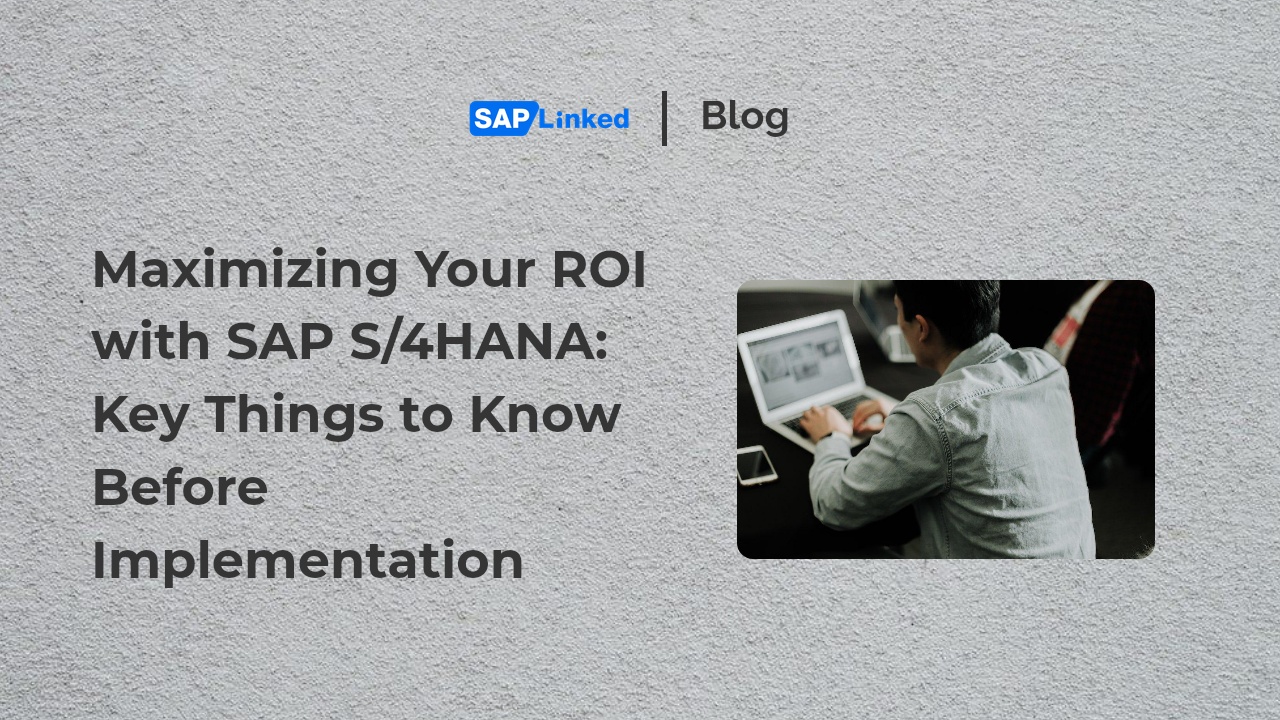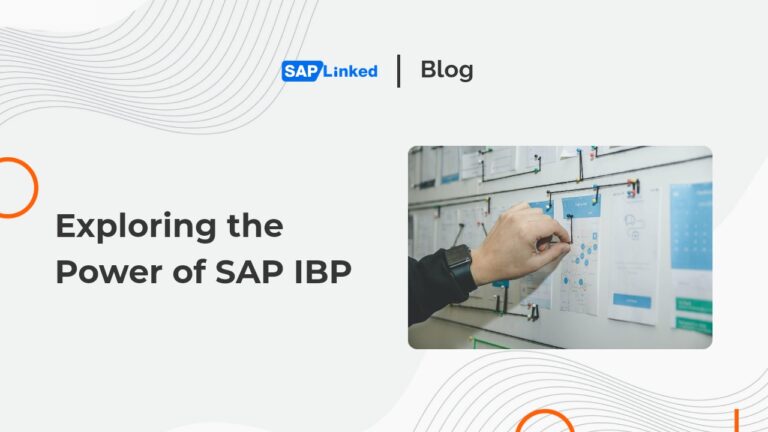Maximizing Your ROI with SAP S/4HANA: Key Things to Know Before Implementation
In today’s rapidly evolving business landscape, the race is on to outperform competitors and create agile, data-driven organizations that can anticipate trends and respond to change at lightning speed. The secret sauce? Enterprise software that seamlessly integrates your company’s entire ecosystem, streamlines processes, and automates operations—an arena where SAP S/4HANA, the next-generation ERP system, comes out as a game-changer. Whether you’re already on board or considering making the leap, preparing for the journey and maximizing your Return on Investment during an S/4HANA implementation is crucial to staying ahead of the curve. In this blog post, we’ll delve into the key factors you need to know before embarking on this transformation, ensuring you’re equipped with the knowledge and tools to attain the full potential of SAP S/4HANA and drive an unparalleled ROI for your organization. Buckle up, as we set the stage for a gripping exploration into the world of cutting-edge business solutions!
Introduction
Introduction
The transition to SAP S/4HANA provides organizations with an opportunity to streamline processes, establish a single source of truth, and digitally transform their business operations. However, for many organizations, the migration process can be challenging and requires careful planning to maximize their return on investment (ROI). In this article, we will explore key considerations and best practices for implementing SAP S/4HANA to achieve maximum ROI, leveraging Deloitte’s expert advice and insights from the RISE with SAP investment program.
Preparing for the Transition
One of the primary challenges faced by organizations when migrating to SAP S/4HANA is change management. As consulting giant Deloitte points out, many major businesses have undergone ERP upgrades in recent years, but moving to S/4HANA requires addressing both legacy issues and desired process, system, organizational, and behavioral changes. It is essential for organizations to engage in early conversations that consider Greenfield or re-implementation approaches, setting the foundation for smooth and effective transformation.
Embracing ‘Clean ERP’
To maximize ROI with SAP S/4HANA, Deloitte encourages organizations to adopt the concept of ‘clean ERP.’ This approach involves starting with a baseline S/4HANA (digital core) and then transitioning towards integrated cloud differentiators, such as Hybris and Ariba. By doing so, organizations can create systems of innovation, incorporating cutting-edge technologies like AI, robotics, and robotic process automation, which can fundamentally change the way their business operates.
Leveraging SAP Business Technology Platform (BTP)
The Transition to SAP S/4HANA – Avoid the Lift and Shift
The transition to SAP S/4HANA presents a pivotal opportunity for businesses to enhance their operational capabilities and streamline processes. This shift, however, requires careful planning and strategy development to ensure a smooth implementation. A simple “lift and shift” approach may not offer the desired benefits and results.
It is crucial for organizations considering this transition to focus on process transformation, integration, and implementation. They should carefully assess the new platform’s capabilities and develop strategies for simplifying, automating, and transforming key aspects of their operations. Selecting experienced consulting partners with practical knowledge of SAP S/4HANA implementations can further maximize return on investment and support businesses in realizing the full potential of this powerful platform. [3][4]
Five Biggest Challenges of SAP S/4HANA Conversion: Overcoming Obstacles for Successful Implementation
The SAP S/4HANA conversion can be a daunting process for many organizations, but with proper planning and preparation, companies can successfully navigate this transition. One of the primary challenges faced during the conversion is improper and insufficient preparation of the source system, which can lead to confusion and delays in the project plan. To mitigate this risk, businesses should invest in a comprehensive conversion plan that outlines all necessary steps sequentially.
Another significant obstacle is the complexity of data transfer, especially for organizations with multiple ERP systems or complex customizations. To tackle this issue, companies need to thoroughly understand the dependencies within their IT landscape and optimize collaboration between business and IT teams. By addressing these challenges head-on, businesses can maximize the ROI on their SAP S/4HANA investment and guide a smooth implementation. [5][6]
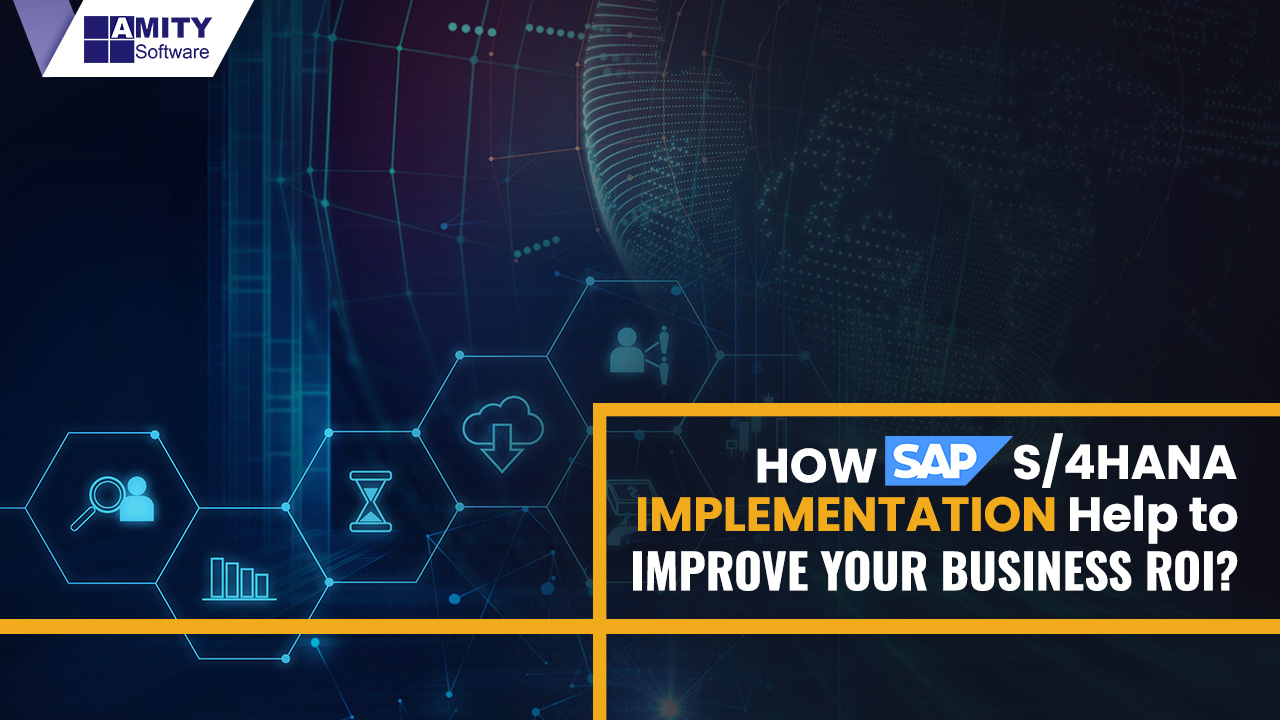
1. Disorganization and Confusion
Disorganization and confusion are common issues faced during SAP S/4HANA implementation. This often results from a lack of comprehensive understanding of the software and its capabilities. To avoid these problems, it is vital for organizations to invest time in proper project planning and assembling a competent team.
Effective communication among team members can also help alleviate confusion. By setting up regular meetings to discuss progress, challenges, and solutions, project leaders can ensure a smoother implementation process. Furthermore, having a clear and detailed project roadmap can assist in minimizing disorganization and guaranteeing successful adoption of SAP S/4HANA.
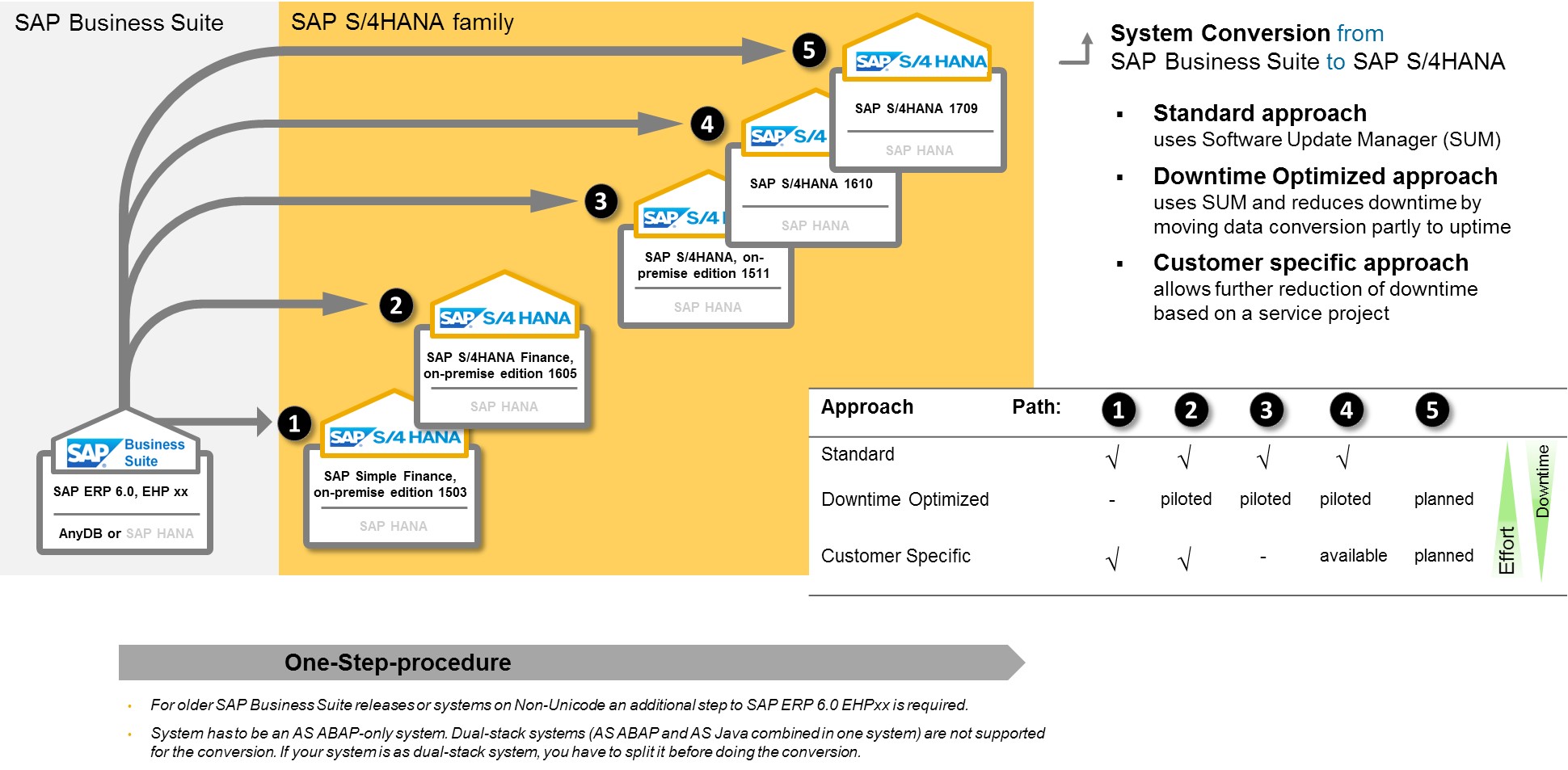
2. Improper and Insufficient Preparation of the Source System
One major challenge associated with SAP S/4HANA conversion is improper and insufficient preparation of the source system. Before implementing the new system, it is crucial to ensure the existing source system is properly prepared, as it greatly influences the success of the conversion. Adequate preparation includes cleaning up and archiving data, updating custom code, ensuring efficient integration of third-party systems, and conducting comprehensive testing. Failure to do so may result in data inconsistencies, operational disruptions, and a negative impact on return on investment (ROI) for the business. Therefore, thorough preparation is essential for a smooth and successful SAP S/4HANA implementation.

3. Complexity of Data Transfer in the Source System
The complexity of data transfer in the source system poses a significant challenge during SAP S/4HANA implementation. It requires thorough planning and attention to ensure successful migration of data. This includes not just the volume and variety of data, but also its accuracy and structure.
Careful analysis of data dependencies, relationships, and existing business processes is crucial in this phase. Moreover, addressing data inconsistencies and adopting proper data governance strategies can help mitigate risks associated with data complexity. By adequately preparing for these hurdles, organizations can streamline the conversion process and achieve optimal ROI with SAP S/4HANA.

4. Complexity of Custom Code
The of custom code in SAP S/4HANA implementations can be a significant challenge for businesses. Custom code needs to be adapted to the new platform, which may involve refactoring or even rewriting large parts of the software to fit within S/4HANA’s architecture. This can be time-consuming and expensive, depending on the amount of customization your system has.
To reduce the complexity of custom code, businesses should conduct thorough assessments of their systems and identify areas where simplification can be achieved. Prioritizing custom code adaptations that offer the highest return on investment can also help to mitigate this challenge during the conversion to SAP S/4HANA.
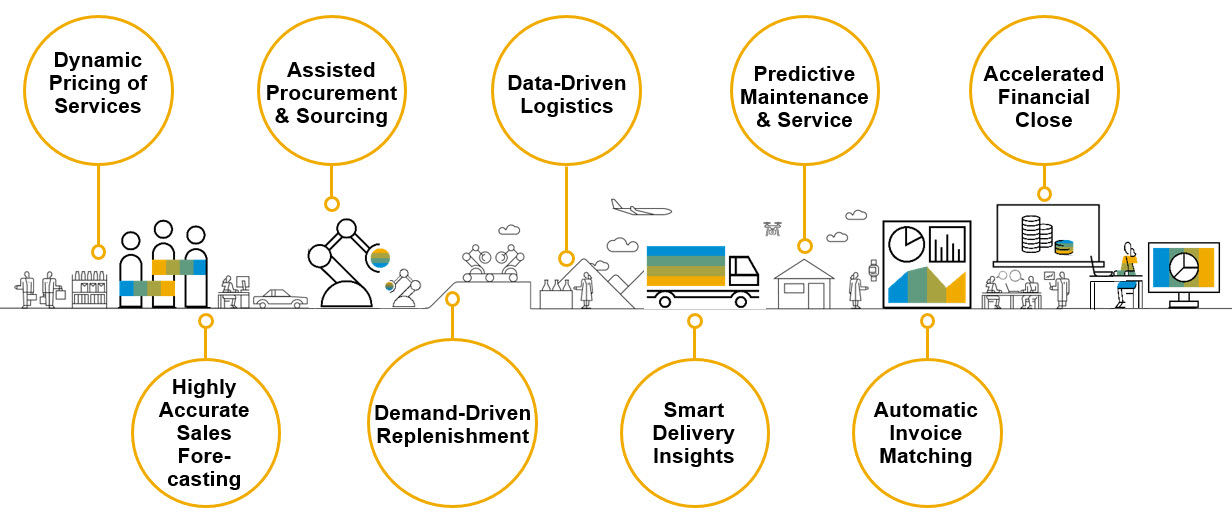
5. Lack of Testing and Validations
One major challenge faced during SAP S/4HANA implementation is the lack of proper testing and validations. This can lead to unexpected issues and failures, compromising the overall efficiency of the system. To avoid such problems, it is crucial to conduct thorough testing at every stage of the implementation process. This includes unit testing, integration testing, regression testing, and user acceptance testing.
By conducting these tests, organizations can ensure that their SAP S/4HANA system meets the required standards and functions optimally. Moreover, it allows them to identify and rectify any issues before they impact the overall performance of the system.
Best Practices for Successful Implementation of SAP S/4 Hana:
Maximizing return on investment (ROI) for your organization’s migration to SAP S/4HANA requires meticulous planning and effective strategies. Here are some best practices that can guide your company towards a successful implementation.
First, start by building a strong business case for your SAP S/4HANA transformation. This should include identifying the key functional and technical parameters that support the transition, calculating total cost of ownership (TCO) and potential ROI, and selecting the most suitable deployment option.
Secondly, embrace the concept of ‘clean ERP’ by challenging preconceived beliefs that require extensive customizations. Opt for a baseline S/4HANA solution and integrate it with cloud differentiators like Hybris and Ariba to establish a system of innovation using technologies such as AI, robotics, and Robotic Process Automation (RPA).
Lastly, leverage the expertise of consulting firms, which play a crucial role in guiding businesses through digital transformations. They can help you accelerate growth, reduce costs, and optimize operational efficiency by providing insights into industry trends, best practices, and potential challenges. [17][18]
Develop a Clear Plan with Defined Roles & Responsibilities.
Developing a clear plan with defined roles and responsibilities is crucial for a successful SAP S/4HANA implementation. Having a well-structured project plan helps in avoiding confusion and ensuring that all team members are aware of their tasks, timelines, and expected outcomes. It is essential to assign specific roles to each team member based on their skills and expertise, ensuring that everyone is working towards the common goal of a seamless implementation.
This clear structure fosters accountability and collaboration, enabling the team to work more efficiently and effectively. Furthermore, regularly reviewing and updating the plan allows for adjustments and improvements, ensuring the project stays on track and any potential issues are addressed timely. A well-defined plan with clear roles and responsibilities is the foundation of a successful SAP S/4HANA implementation. [19][20]
Ensure Proper Cleanup before Migration.
Before embarking on the journey of implementing SAP S/4HANA, it is crucial to conduct a thorough cleanup of your existing system. This step involves analyzing existing data and processes, identifying inconsistencies, and eliminating redundancies. A clutter-free system not only simplifies the process of migration but also helps maximize the benefits of the new platform.
Begin by evaluating the current state of your data, focusing on data quality and consistency. Rectify any errors and remove duplicates, ensuring that your data is accurate and reliable. Next, assess your business processes and configurations, streamlining them where necessary to eS/4HANA.
Furthermore, it is essential to archive or purge any obsolete data that may no longer be relevant to your business. A clean and optimized system lays the groundwork for a smoother migration and allows you to fully leverage the capabilities of SAP S/4HANA, ultimately leading to a higher return on investment. [21][22]
Thoroughly Test Custom Code Compatibility.
As you embark on the journey to implement SAP S/4HANA, it is essential to ensure that any custom code in your organization is compatible with the new system. This means taking the time to test each piece of custom code for compatibility, performance, and stability with S/4HANA.
Start by analyzing your current custom code to determine if it needs to be adapted or optimized for the new platform. Make use of SAP standard tools, such as the Custom Code Management, to help identify potential issues and provide guidance on the necessary modifications. As you progress through the implementation process, collaborate closely with development teams to address compatibility concerns, and test the updated code in a controlled environment before deploying it on the live system. This proactive approach helps minimize risks and disruptions, ensuring a smoother transition to S/4HANA and maximizing your return on investment. [23][24]
Comprehensive Testing Plans are Developed Prior to Implementation.
A comprehensive testing plan is crucial before implementing SAP S/4HANA to ensure a smooth transition and effective performance of the new system. Early development of these plans helps identify potential issues, allowing organizations to address them promptly.
Incorporating various testing stages, such as functional, integration, and performance testing, into the plan ensures that all aspects of the system are thoroughly examined. This leads to more reliable and efficient operations post-implementation.
Collaborating with end-users and other stakeholders during the testing process can also help refine the system requirements and provide valuable feedback, ultimately achieving the desired return on investment with SAP S/4HANA.
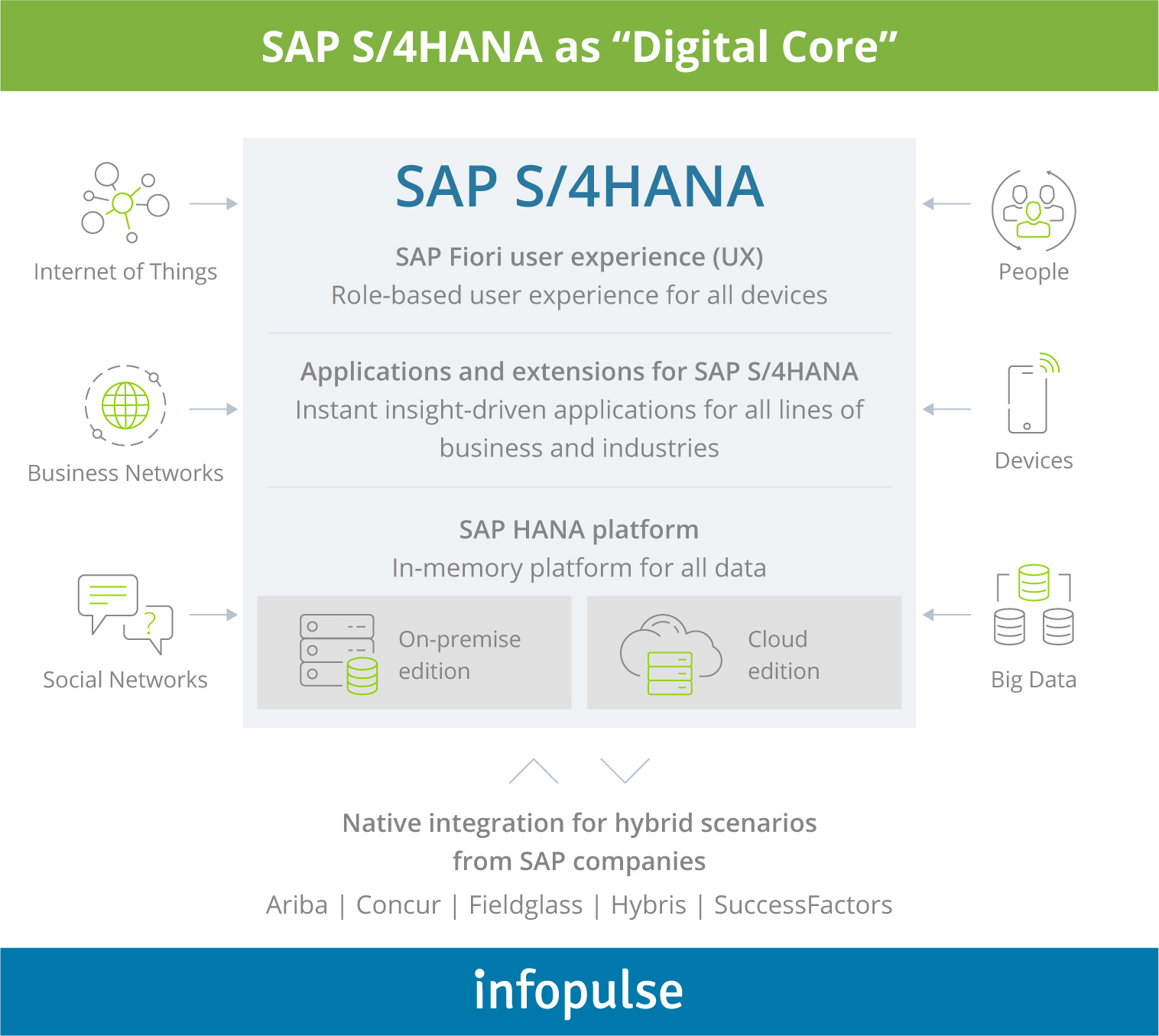
Conclusion:
In conclusion, implementing SAP S/4HANA offers organizations numerous benefits which directly contribute to a maximum return on investment. A well-executed data management strategy is essential to unlock the platform’s full potential, enabling improved business performance, innovation, efficiency, and risk management. With a solid digital and data management strategy, companies can expect long-term growth and sustainability.
When approaching SAP S/4HANA implementation, it is crucial to be mindful of the real-world experiences and lessons shared by technology leaders. These insights cover various aspects of the transformation journey, such as building business cases, skillset development, and post go-live innovation. Additionally, leveraging the right tools, services, and enablers is essential for a successful SAP S/4HANA strategy. By learning from other leaders and understanding the intricacies of the process, organizations can optimize their investment in SAP S/4HANA and achieve maximum ROI. [27][28]

